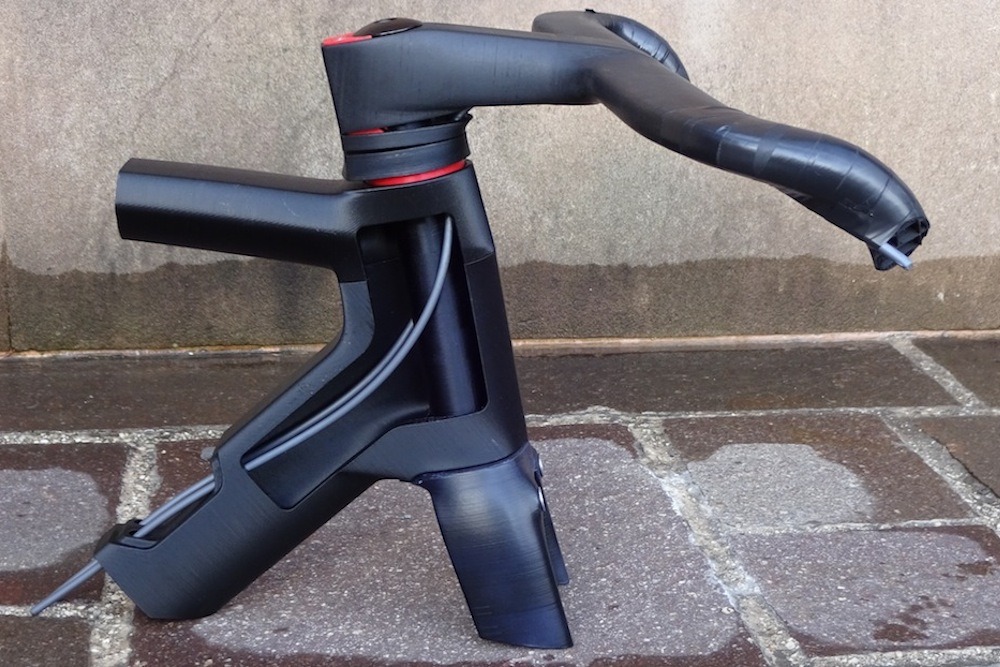It’s fair to say that 2019 was the year that the cycling industry’s obsession with aero started to permeate everything. From the sculpted shapes of the Madone and the Venge to even rough riders like the Domane and Roubaix getting the aero treatment, there are that many manufacturers outside of those who deal in pure metal that don’t have something aero in their range. Even Cannondale’s vulnerable aluminium workhorse the CAAD has got dropped seatstays now!
A parallel development alongside the wider adoption of wind cheating tube shapes and kamm tails on bikes is the adoption of “integrated” systems on bikes. In short making sure that bike mechanisms external to the frame – handlebars, stems, brakes, cables – contribute to the aero worthiness of the bike.

Aero
What is It
Aero carbon handlebars and integrated stems aren’t new technology, but what has changed is the level of integration and the sheer numbers of bikes that feature them.
Aero handlebars have undoubtedly got better and lighter over the years, but still weren’t fully “integrated” with most have brake and shift cables routed through the bars with a small port at the bottom for the cables to come out and then feed out and into the frame. The biggest things standing in the way of full integration was firstly feeding the cables through the stem and headset and secondly making sure all that integration worked well with systems like Di2.

There’s three key
ways that manufacturers have started to address this for those clean looking aero gains:
Integrated Bar and Stems
If you’re a weight weenie or incremental gains kind of person then chances are that you already have one of these strapped to your bike. The simplest for of integration is a bar and stem that is a single piece of carbon. This allows for cable routing through the bar and stem, although it will still be external at the bottom of the stem through to the frame.

Custom Headset and Spacers
Some brands (like Wilier on it’s high end Cento bikes) have opted to route cables directly through the headset. This means the cables go through the par and stem and then directly through a port in custom headset spacers and then via a port in a custom bearing in the headset before going wrapping round and going down through the frame:

Lovely in principle, but probably a pain if you ever want to use a third party setup.
Custom Headtubes
Some brands – like Cannondale on its new SuperSix Evo – have chose to change the frame rather than rely completely on custom components:

While a setup like this is going to work better with Cannondale components and you’re still going to need those custom spacers, it at least does give you a little more flexibility in handlebar setup and your mechanic will probably curse at you less.
Arguments for Integrated Systems
- *Aero Gains
- Pretty Sexy
- Cable Protection
Arguments Against Integrated Systems
- Servicing
- Cost
- Compatibility
- *Are There Really Any Gains
We Say
Look – you should ride what you want and not listen to the haters. A Madone is a good looking bike so is a steel Cinelli Nemo. Lots of people are going to absolutely adore the clean looks provided by integrated systems but for most of us the gains are going to are going to be negligible at best.
